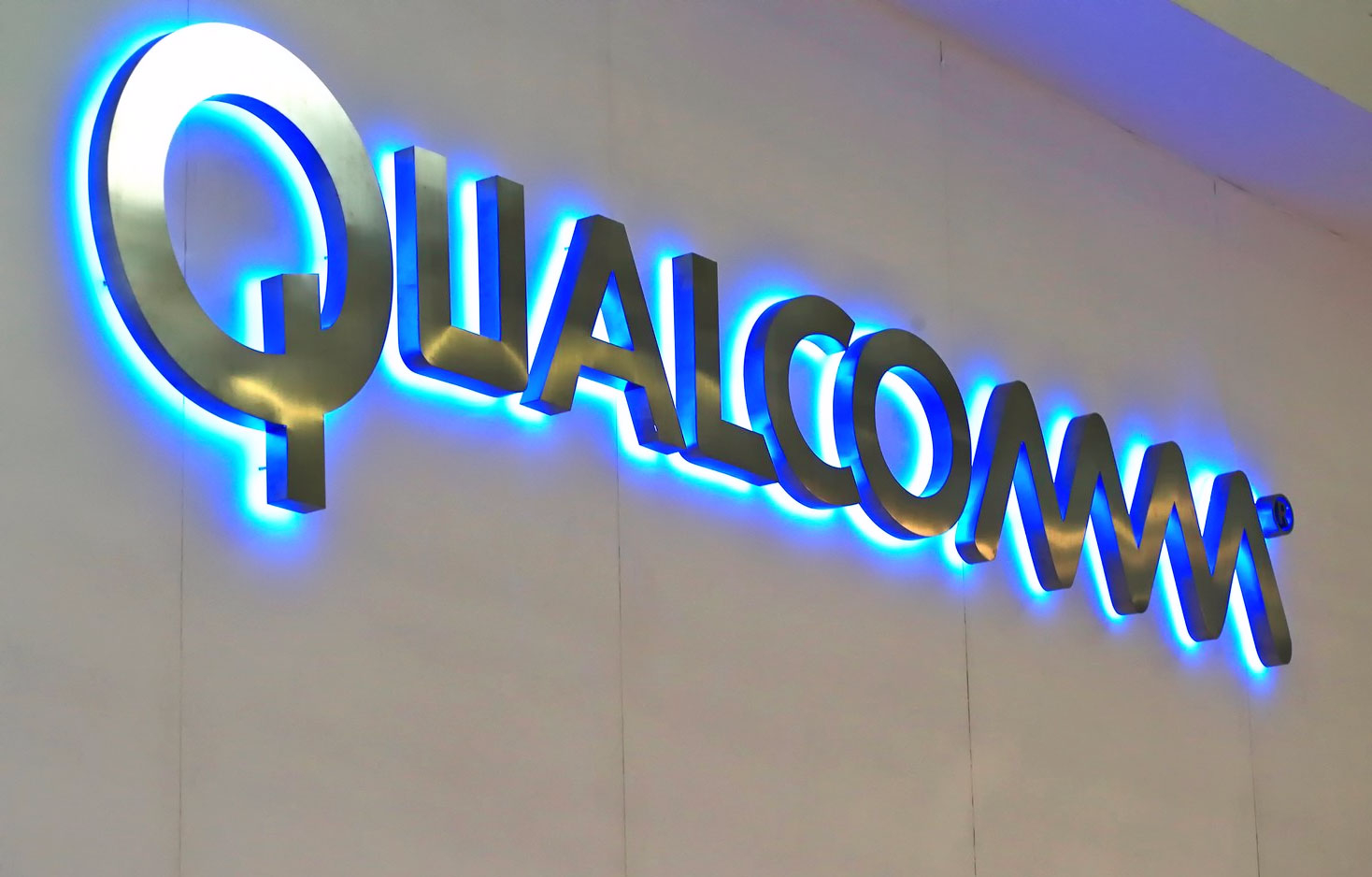Using an iPhone as a high-quality image projector
Imagine you’re on a camping trip with your family, and your kids are bored. They want to watch a movie, but you forgot your laptop at home. Hopeless? Not at all.
You pull out your fifth-generation iPhone–yes, this is a story about future technology–power it up, aim it at the wall of the tent, and start projecting their favorite film there.
This is one of the many potential promises of a new microdisplay technology from Displaytech, a recently acquired division of Boise-based Micron. Known as FLCOS, or fast liquid crystal on silicon, the technology is designed to make it possible to project, from a relatively small form factor device, and with high image quality and vibrant colors, just about anything you’d want, be it a Disney flick or a complex PowerPoint presentation
Today, the technology is still in its prototype stage, and when I visited Micron here this week as part of Road Trip 2009, I was shown a demonstration in which things like YouTube movies or ESPN clips stored on an iPhone were projected onto a screen via a small device with a tiny 3M projection engine in it.
Even that was pretty cool, because the little device probably had about the same volume as a deck of cards, and the image quality–in a very bright room–was fairly good, particularly when it came to showing text-based slides. But the most exciting thing to me about the technology is the promise that by late 2010 or early 2011, there’s a good chance that the thumbnail sized chip behind the microdisplay could begin to be embedded in commercially available smartphones, like the iPhone.
And that could mean that not only would it be possible to watch a movie any time and anywhere, as can already be done on many small devices, but that it would no longer be a solo experience. Instead, using something like an iPhone, it would be possible to share a movie with a room full of people.
The idea behind the technology is that FLCOS microdisplays can mix color over time, blending reds, greens and blues in very quick sequence, Eric Boles, Micron’s director of marketing services, explained to me. The human eye turns such color mixing into full color, meaning that FLCOS obviates any kind of color filtering.
Right now, the projection engine behind the technology is about an inch-and-a-half long and very power efficient, Boles said. Just 1.1 watts can produced ten lumens.
For now, no mobile phone makers have gotten on board with Micron’s microdisplay technology, in part because the chips may still be too expensive, and because smart phones may not yet have the power to allocate to something like FLCOS. But because the projection technology is on a chip, it is likely to follow the traditional silicon curves, Boles said, meaning that the chips will probably get smaller, faster and cheaper quickly.
Micron also faces an interesting marketing question: How to market the chips. The company doesn’t plan on marketing FLCOS directly to consumers, but rather will work with consumer electronics companies to create the kinds of products they want. In the short term, Boles said, the most obvious market may well be businesspeople who could easily find themselves unable to resist a small device that would let them project a presentation on any surface any time they want.
Other exciting advances–before the microdisplay technology makes its way to the iPhone–could include adding wireless to the device so that it can retrieve content without having to be physically tethered to the content source.
And it’s also exciting to imagine the possible roster of things that could be used as projection screens. Boles recalled a visit to a Mexican restaurant at some point recently where one of the prototype devices was used to project onto a tortilla.
There are, of course, other companies working on similar products, but the folks at Micron think they’re onto a special approach to tiny projectors because the microdisplays are all-digital. And that means that Micron may be the only company able to embed such technology on a chip.










